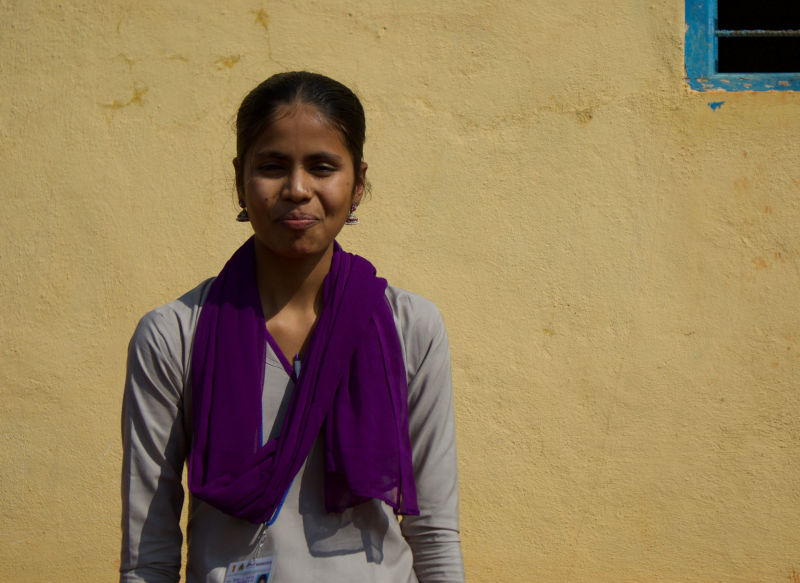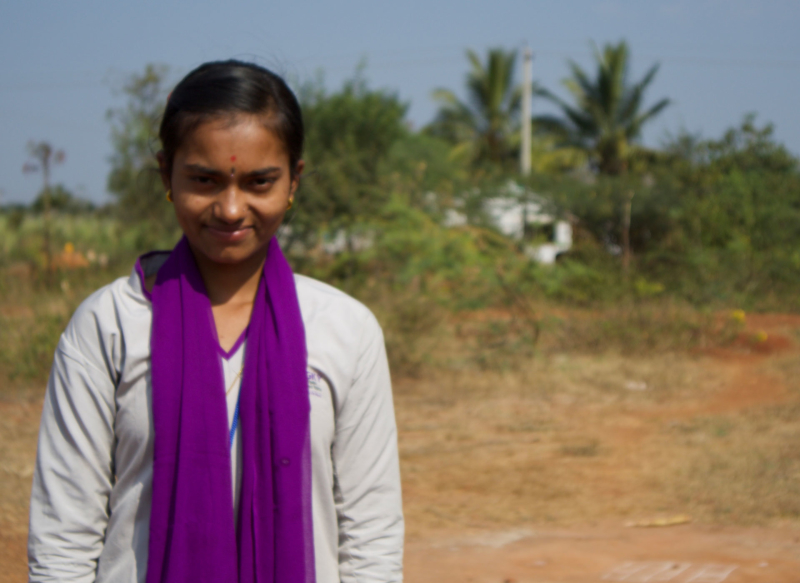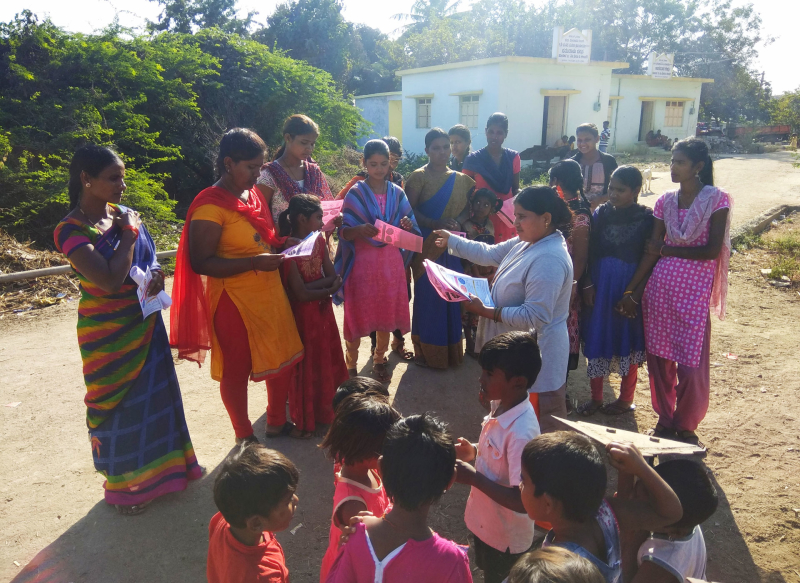FOCUS AREA
UNLOCKING WOMEN'S LABOR
LOCATION
Rural Karnataka and Andhra Pradesh
REACH
240 villages, 4000 women
PARTNERS
Boston College, Ministry of Rural Development, India, Shahi Exports, University of Michigan
STAGE
- DESIGN
- EVALUATE
- ANALYZE
- DISSEMINATE
- SCALE-UP
Creating Employment Opportunities For Rural Women
CHALLENGES AND OPPORTUNITIES
Between 2006 and 2018, Indian women’s labor force participation rate fell by 10%. While this number is higher in rural areas, the financial and personal security provided by professional opportunities remains higher in urban areas. Data we collected in 1300 villages in southern India shows that the primary activity for 57% of women is laboring on family farms. This could be due to the lack of skill or mobility needed for work outside their homes. Training centers which not only provide training but also guaranteed employment for women could incentivise higher participation in formal work.
RESEARCH QUESTION
Will more rural women move to cities for work if they have the required skills and an assured job? How will this affect their decisions about work, family, and migration?
RESEARCH DESIGN
Through our intervention, we set up one training center in ten taluks (an administrative term for clusters of villages). Training occurs in six batches of 35 workers per center per year. Recruitment is carried out according to the central government’s skilling subsidy scheme Deen Dayal Upadhyaya Grameen Kaushalya Yojana (DDUGKY) which focuses on households below the poverty line.
- Trainees are offered guaranteed employment at the garment factories of our manufacturing partner.
- The mobilization of participants is done by village-level mobilizers recruited for this purpose – typically Anganwadi workers, ASHAs (Accredited Social Health Worker) or self-help group members.
- The mobilizers are split into two groups – one is paid a fixed amount, and the other has performance incentives that depend on how many participants complete the training and migrate to Bangalore. This sub-trial measures the impact of performance incentives on mobilizer effort and outcomes.
- Women in some villages have been given an additional option where their husbands are also offered a job in the same factory as them. This arm of the study seeks to understand whether the possibility of moving with their husbands increases the number of women willing to take up the training and migrate for work.
MEASURING OUTCOMES
- Trainee participation and performance
- Women’s labour force participation
- Women’s migration pattern
- Women’s decision making and bargaining power
- Family and community attitudes towards women’s mobility and work
Image credits: Shalin Gor



